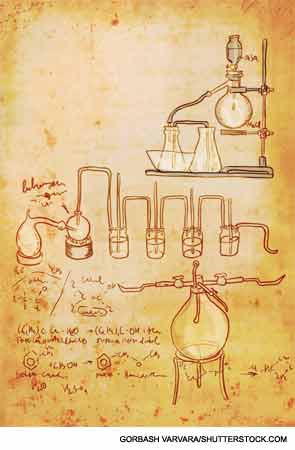
It is difficult to realize that in 1948, when I was finishing an internal medicine residency and service in the Army Air Corps and was ready for advanced training, there was no such field as rheumatology—even the word did not exist. That changed in 1949 when, at a monumental meeting of the American Rheumatism Association at the Waldorf-Astoria Hotel in New York (there were fewer than 400 members), Philip Hench delivered his seminal paper on the effect of Compound E (cortisone) on rheumatoid arthritis. I was there and joined the entire audience in a standing ovation. It was one of medicine’s turning points, and I was hooked. “Rheumatology” was born, and I became the first ever fellow in rheumatology at the Columbia-Presbyterian Medical Center in New York.
Robert Loeb, chairman of medicine, although somewhat skeptical, assigned a bright young member of his department to be my mentor, and I lucked out. He was Charlie Ragan, who became one of the pillars in our field. By the time I had finished training with him, I had written several papers, including my first Citation Classic—“The Natural History of Cushing’s Syndrome,”—which warned about the newly discovered hazards of steroid use.
There were a few other pockets of arthritis investigation in the United States—Walter Bauer at Harvard, Dick Freyberg at Michigan, Joe Hollander in Philadelphia, Charley Smyth in Denver, Currier McEwen at NYU (the spawning ground for Joe Bunim and Morris Ziff), and Hench at the Mayo Clinic. Some clinicians, including Ralph Boots and Russell Cecil, began to specialize in the management of arthritis and rheumatism. Boots was a big promoter of the use of gold, while Cecil favored the use of Scotch whiskey. Alexander Gutman emerged as an authority on gout, and when he left Columbia in 1951 to become the chairman of medicine at Mount Sinai, he asked me to come along.
Expanding Rheumatology in the Clinic and the Lab
My first task at Mount Sinai was to establish an Arthritis Clinic, but there were no trained rheumatologists to staff it. Fortunately, in New York, there were a number of very smart and able clinicians, several of whom I was able to recruit. These included Adolph Weissman, father of Gerald Weissman, who achieved great fame in our field; Joseph Pincus, whose son, Ted, is still a leader in our field; Maurice Wolf; and Selvan Davison. A later addition was the formidable Harry Spiera, who eventually succeeded me as division head when I chose to return to Brooklyn as chief at the newly established State University of New York (SUNY) Downstate.

